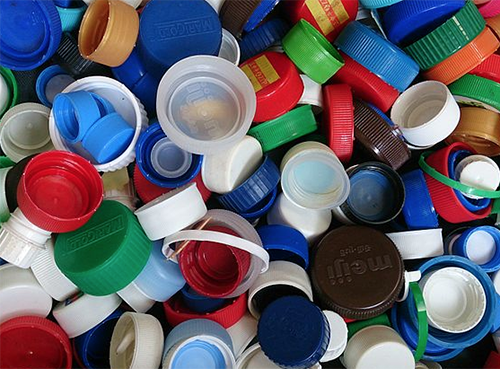All Materials
Textiles
Food contact textiles and fabrics include natural and synthetic fiber-based materials such as cotton, nylon, and polyester. In food contact applications, textiles can be found on conveyor belt facings and in packaging. In order to be acceptable for use in food contact, the material used in the textile must be safe for contact with food and also meet temperature, pH, adhesion, water and oil repellence, and cleaning requirements for the intended application. Many textiles used in food contact applications are treated with coatings, laminates, or additives that may impact food safety [1].
Material Preference
Preferred textiles will have some or all of the following characteristics:
- They are untreated, uncoated, and undyed
- Feedstocks are biodegradable (e.g. cotton) or recycled (e.g. mono-material polyester), or biobased (e.g. biobased polyester).
- Additives are evaluated for food contact safety
Commonly used textiles in food contact textiles include:
Cotton is a natural textile that, if untreated and uncoated, is biodegradable. Cotton is a water-intensive crop and is typically require high pesticide use [1]. Find preferred cotton suppliers through Better Cotton, here (spreadsheet download).
Nylon is a thermoplastic with silky properties and may be used in the form of textiles or films in food contact applications. Recycled nylon is commercially available, and biobased nylon is under development [2].
Polyester is a thermoplastic polymer, primarily PET, with a wide variety of uses. Some polyesters can be recycled, and recycled and biobased polyester textiles are commercially available [3].
Resources
[1] http://cottonupguide.org/why-source-sustainable-cotton/challenges-for-cotton/. Accessed October 2, 20121.
[2] https://www.greenbiz.com/article/how-companies-can-source-nylon-more-sustainably Accessed October 2, 2021.
[3] https://www.greenbiz.com/article/how-companies-can-source-polyester-more-sustainably Accessed October 2, 2021.
See full list of resources here.
Information last updated: 10/28/2021


